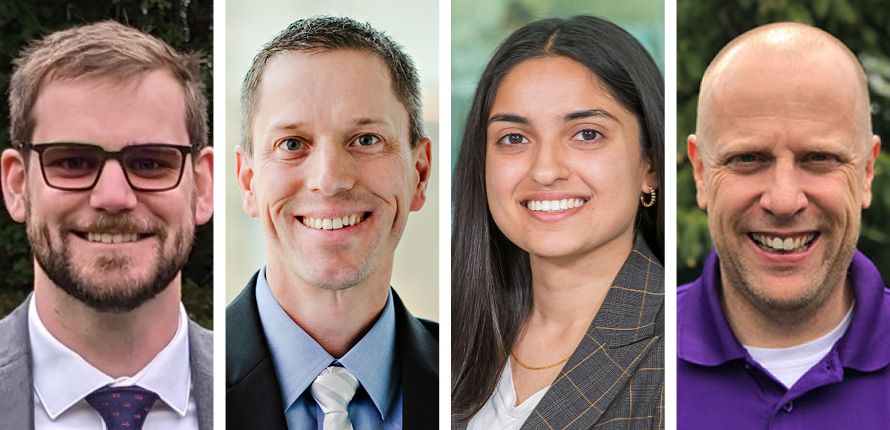We use cookies on this site to enhance your experience.
By selecting “Accept” and continuing to use this website, you consent to the use of cookies.
Search for academic programs, residence, tours and events and more.
April 19, 2024
Print | PDFBy Sabah Rasheed, PhD candidate, Organizational Behaviour and Human Resource Management
Steve Risavy, Associate Professor, Organizational Behaviour and Human Resource Management
Chet Robie, Professor, Organizational Behaviour and Human Resource Management
Timothy Wingate, Assistant Professor, Organizational Behaviour and Human Resource Management
During the hiring process, interviewers consider applicants’ responses to job-related questions and recommend potential candidates for the position. However, interviewers also learn about myriad applicant characteristics that are not related to their skills such as age, accent, and even body odour. If an interviewer pays too much attention to the wrong information, it could result in biased judgments and increase the risk of hiring discrimination. Despite the extensive literature on interview bias, we know surprisingly little about which characteristics are commonly noticed by interviewers and how much these characteristics influence interviewers’ opinions of job candidates.
In our study titled “How does bias enter the employment interview? Identifying the riskiest applicant characteristics, interviewer characteristics, and sources of potentially biasing information,” we explored how various potentially biasing applicant characteristics, interviewer traits and sources of information influence interviewers’ perceptions and decision-making. The results were as illuminating as they were concerning.

(left to right) Wingate, Risavy, Rasheed, Robie
Based on responses from 680 professional interviewers across the U.S., U.K. and Canada, we identified six applicant characteristics (age, accent/lack of English fluency, inappropriate or unprofessional appearance, criminal history, offensive body odor, addiction); three types of interviewers (young, disagreeable, those who have a preference for hierarchy in a society); and three information sources (direct observation, application materials, candidate disclosure) as carrying high risk for bias because they occurred most often and were reported as strongly influential.
Though agreeableness and social dominance have often been found to relate to bias, it is intriguing to see youth as a factor. The cultural zeitgeist would suggest that younger people are less prone to bias in many other areas of life. Future research should explore whether this finding is related to such factors as higher experience and professional maturity in older interviewers or lack of confidence within younger interviewers which leads them to rely on mental short-cuts in their decision-making. Also counter to current conjecture, the traditional methods of interview information gathering were more risky than cybervetting, which did not represent a significant risk to injecting bias into the interview.
Interestingly, interviewers often justified their biased perceptions of these job-irrelevant factors in job-relevant terms. This suggests that a complex rationalization process could underlie hiring biases despite legislation and organizational policies being in place to limit such discrimination. Our work underscores the ways bias can infiltrate employment interviews, potentially affecting fairness and objectivity in hiring.
Moving forward, we plan to explore interventions that can reduce the impact of identified high-risk characteristics on interview outcomes. This could involve evaluating the efficacy of structured interviews, interviewer training programs and the use of technology to minimize human biases. Our goal is to enhance the fairness and effectiveness of the hiring process to foster more inclusive workplaces. This study is a step toward understanding how bias enters employment interviews and its implications. We hope it sparks further research and practical interventions to tackle this pervasive issue, ultimately leading to more just and effective hiring practices.